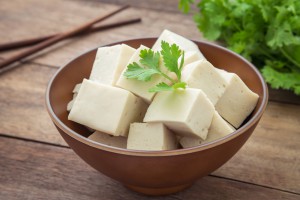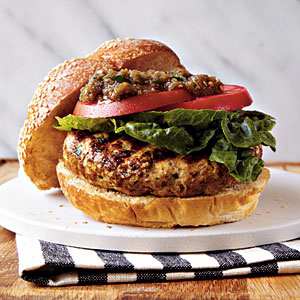 We have all seen the news reports about the tiny, disgusting germs that are on the surfaces we all encounter every day in our homes and places of work. With cold and flu season upon us, preparations are now being made by many to prevent transmission of viruses, but before you go through drastic measures, there are some important facts about viruses that you should know, such as how long do viruses live on our phones, doorknobs, and keyboards?
We have all seen the news reports about the tiny, disgusting germs that are on the surfaces we all encounter every day in our homes and places of work. With cold and flu season upon us, preparations are now being made by many to prevent transmission of viruses, but before you go through drastic measures, there are some important facts about viruses that you should know, such as how long do viruses live on our phones, doorknobs, and keyboards?
There is not one answer to this question. The life of a virus (technically, viruses are not alive) depends on what type of virus it is, the conditions of the environment it is in, as well as the type of surface it is on.
Cold viruses have been shown to survive on indoor surfaces for approximately seven days. Flu viruses, however, are active for only 24 hours.
All viruses have the potential to live on hard surfaces, such as metal and plastic, longer than on fabrics and other soft surfaces. In fact, infectious flu viruses can survive on tissues for only 15 minutes. Viruses tend to also live longer in areas with lower temperatures, low humidity, and low sunlight.
How long these germs are actually capable of infecting you is a different story. In general, viruses are not likely to be a danger on surfaces very long. In fact, while cold viruses can live for several days, their ability to cause infection decreases after approximately 24 hours, and after only five minutes, the amount of flu virus on hands fall to low levels, making transmission much less likely.
 The best defense against active viruses remains thorough hand washing. In addition, wiping down surfaces with anti-bacterial or alcohol-based cleaners will help kill viruses and decrease the chances of transmission.
The best defense against active viruses remains thorough hand washing. In addition, wiping down surfaces with anti-bacterial or alcohol-based cleaners will help kill viruses and decrease the chances of transmission.
All content of this newsletter is intended for general information purposes only and is not intended or implied to be a substitute for professional medical advice, diagnosis or treatment. Please consult a medical professional before adopting any of the suggestions on this page. You must never disregard professional medical advice or delay seeking medical treatment based upon any content of this newsletter. PROMPTLY CONSULT YOUR PHYSICIAN OR CALL 911 IF YOU BELIEVE YOU HAVE A MEDICAL EMERGENCY.

 The holidays are supposed to be about joy and merriment, but for many they can become a very stressful time of year.
The holidays are supposed to be about joy and merriment, but for many they can become a very stressful time of year. y calories and although there is no direct link between alcohol and obesity, research has shown it can be a reason to why people may place more on their plate than necessary. Trusted websites, such as Medicine.net reported, “Studies have shown that in the short term, alcohol stimulates food intake and can also increase feelings of hunger. Having your judgment impaired and stimulating your appetite is a recipe for failure if you are trying to follow a weight-loss plan.” A Margarita with chips and salsa may sound appetizing, but the calories in a Margarita drink can be as high as 270 empty calories; a reason the bowl of chips seem endless. Here are few other drinks and their calories to keep in mind the next time you’re out for lunch, dinner or happy hour:
y calories and although there is no direct link between alcohol and obesity, research has shown it can be a reason to why people may place more on their plate than necessary. Trusted websites, such as Medicine.net reported, “Studies have shown that in the short term, alcohol stimulates food intake and can also increase feelings of hunger. Having your judgment impaired and stimulating your appetite is a recipe for failure if you are trying to follow a weight-loss plan.” A Margarita with chips and salsa may sound appetizing, but the calories in a Margarita drink can be as high as 270 empty calories; a reason the bowl of chips seem endless. Here are few other drinks and their calories to keep in mind the next time you’re out for lunch, dinner or happy hour:
 Thinking about escaping the germy, New York City winter season? This is a popular time of year to hop a flight to a tropical location, but did you know that air travelers are actually up to 100 times more likely to catch a cold or the flu while flying than during normal day-to-day activities.
Thinking about escaping the germy, New York City winter season? This is a popular time of year to hop a flight to a tropical location, but did you know that air travelers are actually up to 100 times more likely to catch a cold or the flu while flying than during normal day-to-day activities. Decorating your home for the holidays is always so much fun, but did you know that each year an estimated 250 house fires nationwide are caused by faulty holiday lights? Here are some tips for keeping your home safe this year:
Decorating your home for the holidays is always so much fun, but did you know that each year an estimated 250 house fires nationwide are caused by faulty holiday lights? Here are some tips for keeping your home safe this year:

